
2025 Amazon Toy CPC Certification ASTM F963 Standard
What is CPC Certification:
The Children's Product Certificate (CPC) is a mandatory safety certification in the United States for products intended for children aged 12 and under. It is legally requiRED for categories such as toys, children's clothing, and baby products in order to be sold in the U.S. market.

Definition and Scope:
CPC certification is based on the Consumer Product Safety Improvement Act (cpsia) enacted in 2008. It requires all products designed for or used by children under the age of 12 to undergo third-party laboratory testing. A written certificate of conformity must be issued, covering the following categories:
• Toys: Including building blocks, dolls, electronic toys, etc.
• Baby Products: Including cribs, baby bottles, pacifiers, etc.
• Children's Apparel and Accessories: Including kids' clothing and footwear.
Required Elements of the CPC Certificate:
1. Applicable Laws and Standards
A detailed list of all CPSIA standards and testing requirements applicable to the product.
2. Importer and Manufacturer Information
Must include the name, address, and contact information of the U.S.-based importer or manufacturer responsible for the product.
3. Test Report Documentation
A valid test report from a CPSC-accredited lab must be attached, showing the product meets all applicable safety standards. The lab's name, address, and contact details must be included.
4. Production Date and Location
The date and location of the product’s manufacture must be clearly indicated to ensure traceability.
5. Testing Date and Location
Include the date and location where the product was tested, in compliance with CPSIA requirements.
6. Third-Party Lab Information
The lab conducting the testing must be recognized by the CPSC. The lab's name and address must be included.
7. Signed Declaration of Conformity
A declaration must be signed by the manufacturer or importer confirming that the product complies with all relevant regULations. If additional materials or components require further testing, they must also be included in this declaration.
Amazon-Specific CPC Requirements:
1. Document Must Include
- Amazon ASIN number
- U.S. importer information (non-China address)
- Testing lab's CPSC registration number
2. Format Guidelines
- Language: English (bilingual with Chinese acceptable)
- Signature: Electronic signatures must include the signer's title
- File Naming Format: CPC_ManufacturerName_ModelNumber_Date.pdf
3. Application Workflow by Product Type
- Plush Toys: Require small parts testing and flammability testing
- Children’s Jewelry: Require heavy metal testing and magnetic flux testing
4. Laboratory Selection
- Must be listed on the updated CPSC-approved lab list for 2025
- ISO 17025 accredited labs are also accepted
5. Key Requirements in the Certificate Template
- A statement confirming compliance with ASTM F963-2024
- Production batch number must be indicated
- Photos of tested product samples must be attached
Amazon Platform Submission Path:
Seller Central → Compliance → Product Compliance
Common Reasons for Certificate Rejection:
- Missing required Amazon elements in the certificate
- Test report is older than 1 year
Compliance Risk Management:
1. Key Monitoring Areas
- Permanent traceability label must be present (including production date)
- Warning labels are mandatory (e.g., “Not suitable for children under 3 years”)
2. Typical Violations from 2024
- A building block toy was removed due to outdated ASTM certification
- Baby crib was recalled due to non-compliant rail spacing
3. Monthly Company Self-Check Recommendations
- Compare against CPSC recall bulletins
- Update COAs (Certificates of Analysis) from material suppliers
- Monitor changes to Amazon compliance policies
Special Notes:
1. New Rule for 2025
Toys containing electronic components must also be fcc certified.
2. Amazon ACES Program
Manufacturers and sellers may apply for pre-approval to speed up product listing compliance.
Common CPC Certificate Issues:
- SKU or ASIN does not match
- Standards listed are not applicable to the product
- Missing U.S.-based importer details
- Lab information is incorrect or unrecognized
- CPSIA warning field left blank in product page (if applicable)
- Missing safety information or traceability label
- Production date not included on the certificate
Testing Standards by Product Type:
- Toys: Must meet astm f963-17 requirements (e.g., lead content, phthalates)
- Children’s Furniture: Must pass cpsia tests for lead and flammability
- Baby Products: Refer to ASTM F2236-14, with focus on cheMICal safety
CPC Certification Application Process:
1. Laboratory evaluates the product sample and signs a testing contract
2. Sample is shipped to the lab
3. Product is tested
4. A test report is issued
5. If compliant, a CPC certificate is generated
Email:hello@jjrlab.com
Write your message here and send it to us
 What is the Difference Between EMI and EMC?
What is the Difference Between EMI and EMC?
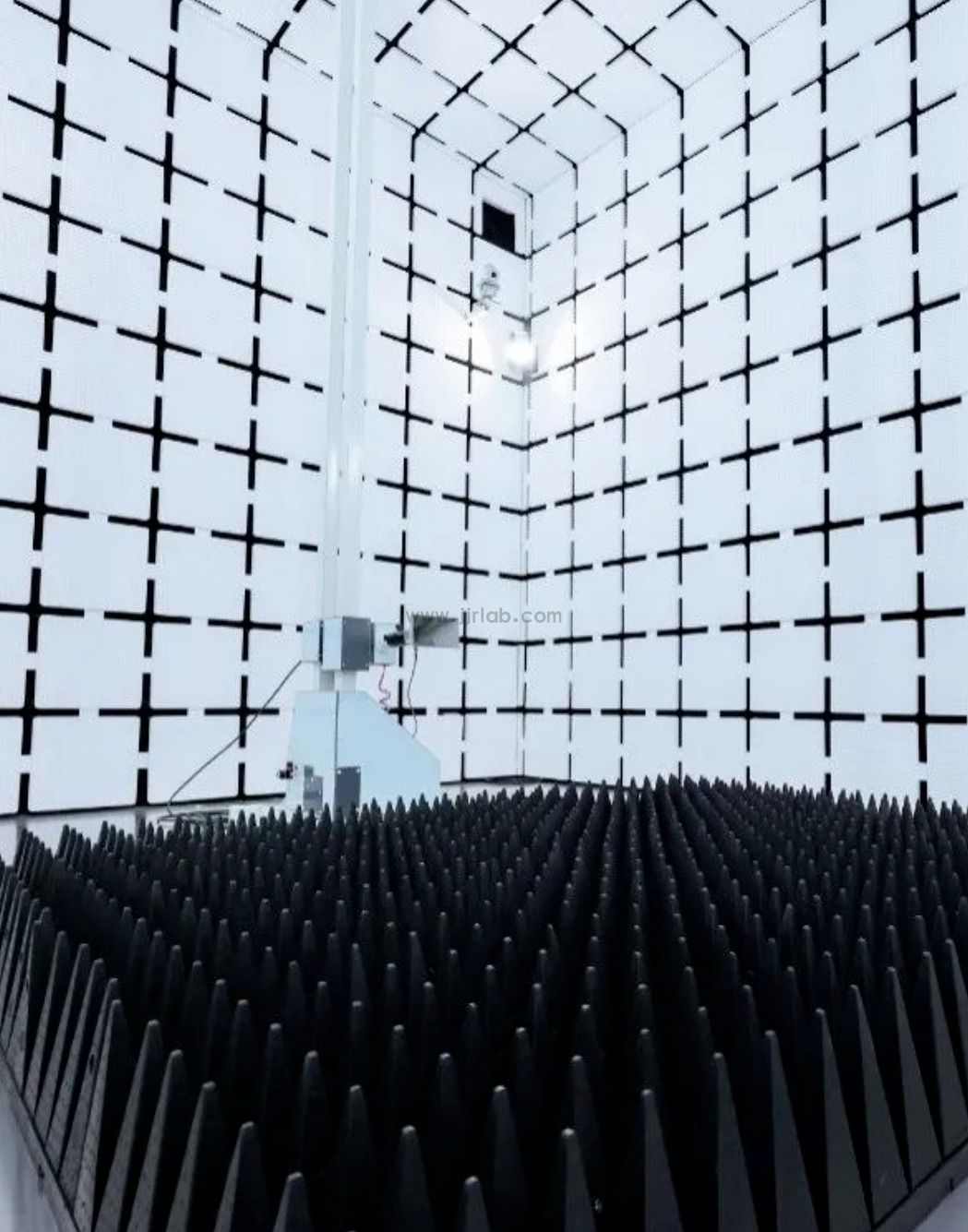 What is the difference between CE EMC and CE LVD?
What is the difference between CE EMC and CE LVD?
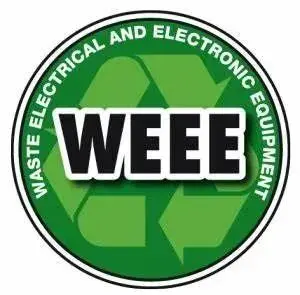 What Is the EU WEEE for Electronic and Electrical
What Is the EU WEEE for Electronic and Electrical
 What Is the ASTM D4316-95(2016) Hot Water Bottle T
What Is the ASTM D4316-95(2016) Hot Water Bottle T
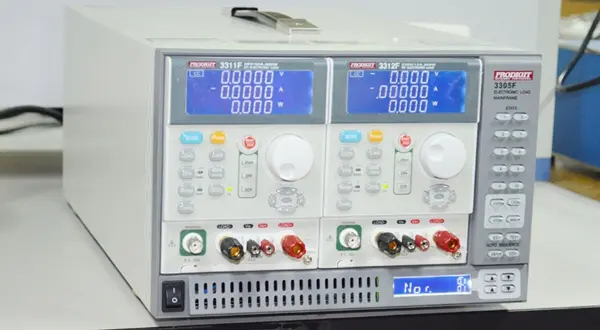 Amazon Electric Massager UL1647 Test Report
Amazon Electric Massager UL1647 Test Report
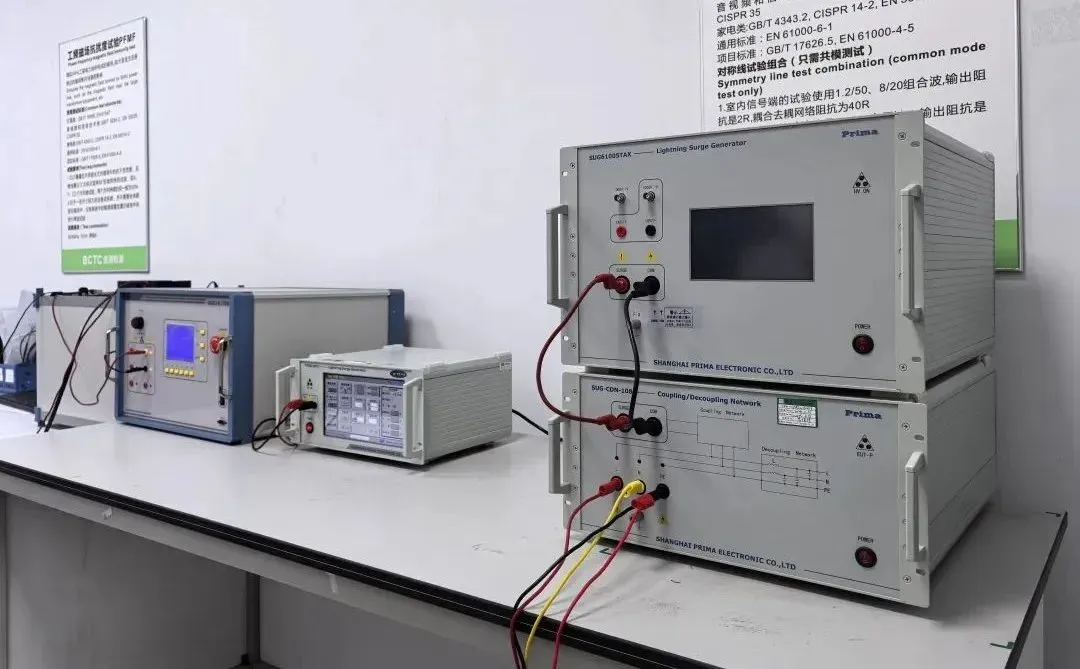 What Is IEC 60068-2-5:2018 Solar Radiation Test?
What Is IEC 60068-2-5:2018 Solar Radiation Test?
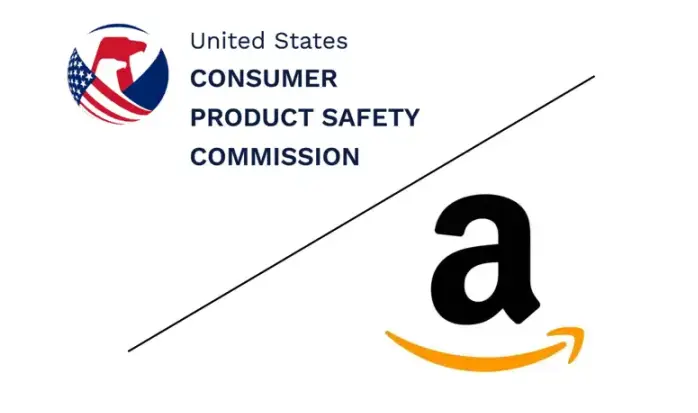 What Is California Proposition 65 Certification Co
What Is California Proposition 65 Certification Co
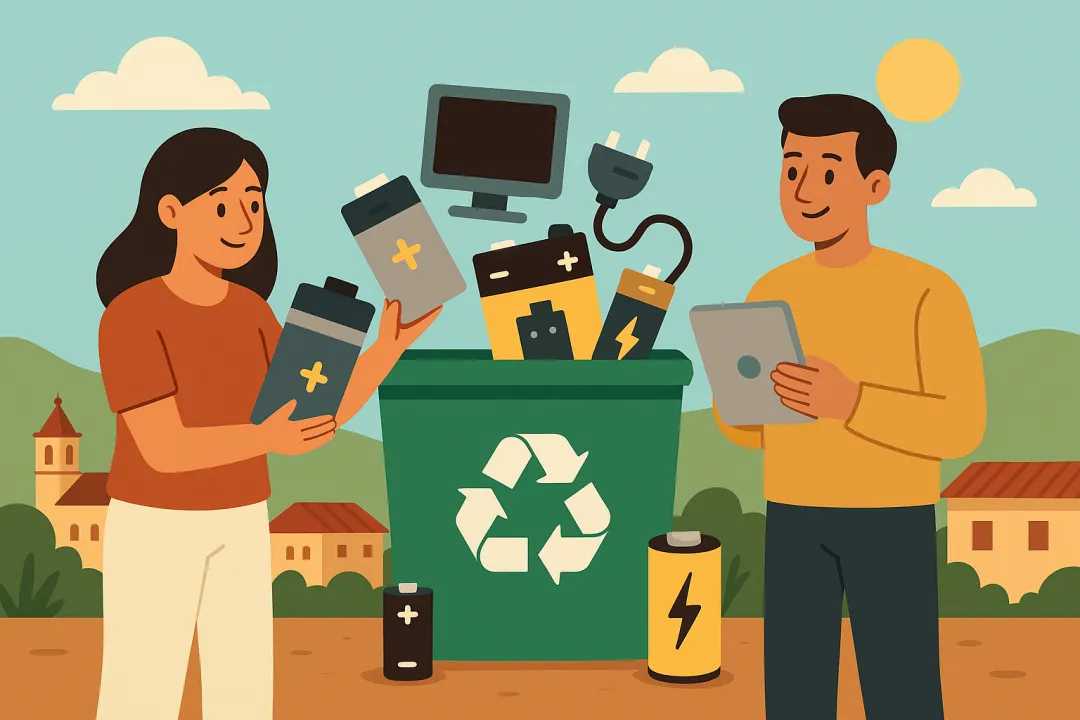 What is Walmart WERCS Certification?
What is Walmart WERCS Certification?
Leave us a message
24-hour online customer service at any time to respond, so that you worry!




